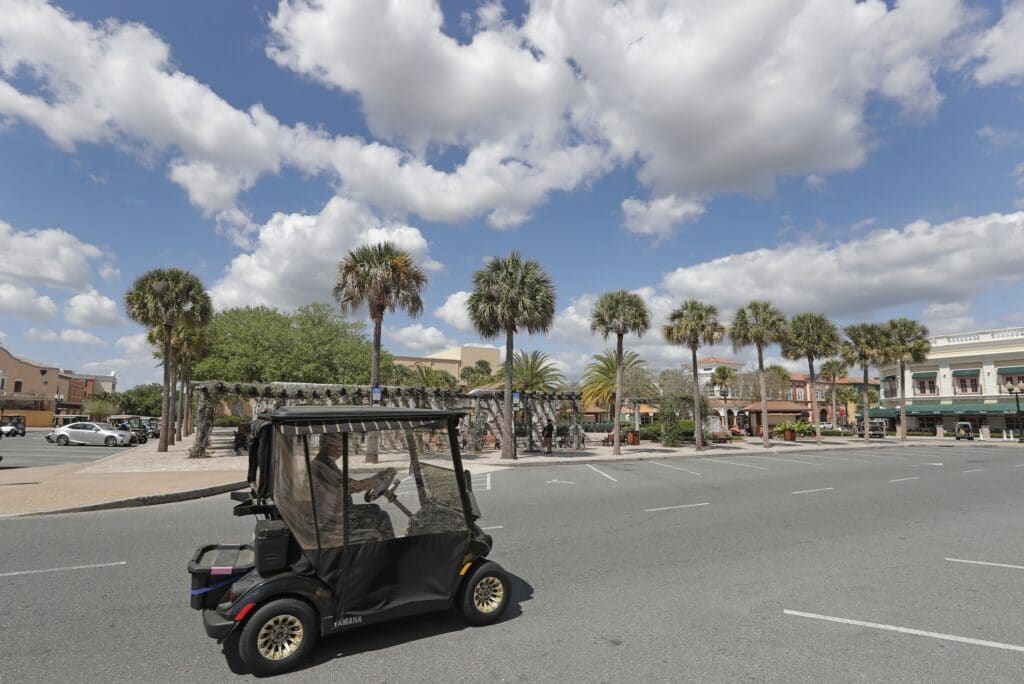The results of the latest Census are out, and for the first time on record the white population declined. The U.S. became more urban, baby boomers increased while the number of children shrunk, and odd places increased dramatically in growth. The Associated Press has the story:
New U.S. Census data will determine how political districts are redrawn
(AP) The Census Bureau on Thursday issued its long-awaited portrait of how the U.S. has changed over the past decade, releasing a trove of demographic data that will be used to redraw political maps across an increasingly diverse country. The data will also shape how $1.5 trillion in federal spending is distributed each year.
Here are five takeaways from the latest census figures:
___
WHITE POPULATION DECLINED FOR FIRST TIME ON RECORD
A U.S. headcount has been carried out every decade since 1790, and this was the first one in which the non-Hispanic white population nationwide got smaller, shrinking from 196 million in 2010 to 191 million in 2020.
The data also shows the share of the white population fell from 63.7% in 2010 to 57.8% in 2020, the lowest on record, though white people continue to be the most prevalent racial or ethnic group. In California, Hispanics became the largest racial or ethnic group, growing to 39.4% from 37.6% over the decade, while the share of white people dropped from 40.1% to 34.7%.
___
THE U.S. BECAME MORE URBAN
Almost all of the growth of the past 10 years happened in metropolitan areas. More people in smaller counties moved to larger counties. Around 80% of metropolitan areas saw population gains, while less than half of the smaller so-called micropolitan areas did.
Phoenix was the fastest-growing of the nation’s top 10 cities. It moved from sixth to fifth, trading places with Philadelphia, which is now the nation’s sixth-largest city.
___
DECLINE IN CHILDREN, BUT GROWTH IN AGING BOOMERS
The share of children in the U.S. declined because of falling birth rates, while it grew for adults, driven by aging baby boomers. Adults over age 18 made up more than three-quarters of the population in 2020, or 258.3 million people, an increase of more than 10% from 2010. However, the population of children under age 18 dropped from 74.2 million in 2010 to 73.1 million in 2020, a 1.4% decrease. Nationwide, children under age 18 now make up around 22% of the population, but it varies by region. The Northeast had the smallest proportion of people under age 18, around 20%, while the South had the largest at 22.5%.
___
HOUSING GROWTH RATE SLOWS
The housing growth rate slowed between 2010 and 2020, the result of a hangover from the 2008 housing bust. The total number of housing units in the U.S. grew by 6.7% over the decade — about half the rate of growth during the previous decade. Puerto Rico and West Virginia were the only two places that experienced drops in the housing stock over the decade.
___
RAPID GROWTH IN UNEXPECTED PLACES
Among all U.S. metro areas, the fastest-growing one was in The Villages, the Florida retirement community built on former cow pastures. Other fast-growing areas in the U.S. were fueled by the energy boom, particularly in North Dakota, where McKenzie County was the country’s fastest-growing county. Its population increased by 131% from 2010 to 2020. Nearby Williams County, North Dakota, grew by 83%.
By MIKE SCHNEIDER |







